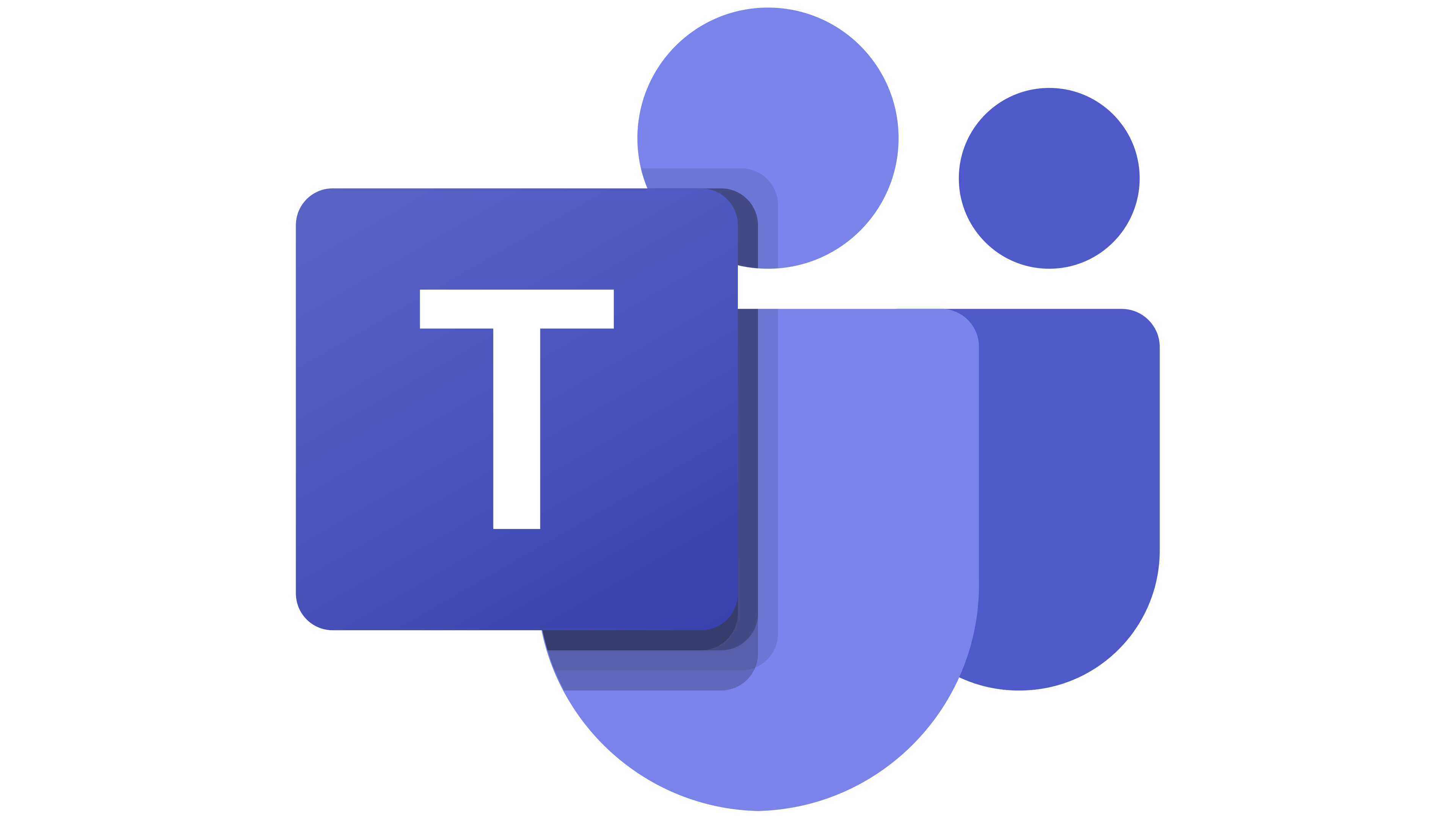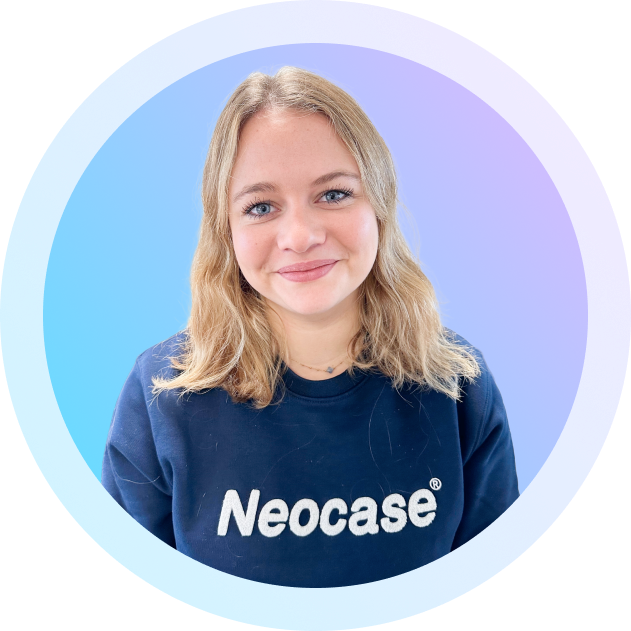Should you choose the best solution for each HR need, or rely on a single platform that claims to cover everything?
The reality is that neither of these approaches is fully effective on its own.As employee expectations evolve and the demands around performance, compliance, and user experience grow, HRIS architecture becomes a truly strategic issue. That’s where the concept of HRIS hybridization comes in.
Two traditional models that no longer meet today’s challenges
🧩 Best of breed: powerful but fragmented
Many organizations select the top solution for each HR function. They might use one tool for recruitment, another for learning, and a separate one for time management. This allows for expert-level features in each area.
However, this approach quickly runs into problems:
-
Difficulty integrating tools
-
Employees juggling multiple interfaces
-
Disjointed cross-functional processes
-
High costs for maintenance and synchronization
-
Security risks when sensitive data moves between systems
🏢All-in-one: simple but limited
Other organizations, seeking simplicity, have opted for a single platform that covers most HR needs.
This model offers:
-
A unified interface
-
A single database
-
One vendor to manage
But this strategy also has its weaknesses:
-
Gaps in functionality in specific areas
-
Difficulty keeping pace with innovation across every HR domain
-
Limited flexibility for addressing unique or evolving needs
HRIS hybridization: a more balanced and modern solution
So, why choose between two imperfect models?
HRIS hybridization aims to combine the best of both worlds:
A modular, interconnected architecture driven by automated processes.
🎯 The idea?
Keep the power of specialized tools where they’re truly valuable, while using a central platform to orchestrate and unify everything.
📖Download our free interactive guide: “Connect Your HR Processes with Your HRIS”
What does a hybrid HRIS look like in practice?
-
-
Specialized tools where the business impact is high (recruitment, training, payroll, global mobility)
-
A central orchestration platform that offers a single point of access and automates core HR processes (like onboarding or mobility)
-
Strong integration capabilities using APIs and connectors to ensure all tools work together
-
A unified experience for employees, even if several tools are used behind the scenes
-
Customization options to match the specific and evolving needs of each organization
-
👉That’s exactly what Neocase solutions are designed to support. If you’d like to learn more, visit: www.neocasesoftware.com/en
Why this approach is becoming essential
Hybridization isn’t just a trend. It’s a practical response to the growing complexity of HR ecosystems.
Companies today must manage an increasing number of tools, offer personalized employee experiences, and meet evolving regulatory requirements such as GDPR or the right to disconnect.
A hybrid HRIS gives organizations greater agility, better performance, and long-term scalability without compromising on functional quality.
🎁Go further with our interactive guide
Want to understand how to build a hybrid HRIS strategy?
Looking for a way to connect your existing tools or begin a gradual digitization process without locking yourself into a rigid solution?
📖Download our free interactive guide: “Connect Your HR Processes with Your HRIS”
Inside, you’ll find:
-
-
A way to assess your current digital maturity
-
Insights into the limits of “best of breed” and “all-in-one” models
-
A method to structure your hybrid architecture
-
Real-life feedback from successful HR transformation projects
-
In conclusion
HR needs are increasingly diverse. It’s time to adopt a more flexible, sustainable approach.
HRIS hybridization lets you combine the best of both worlds, agility and reliability, without compromise. When well orchestrated, your HRIS becomes a true driver of employee experience and operational performance.

 Microsoft Teams
Microsoft Teams
 Workday
Workday

